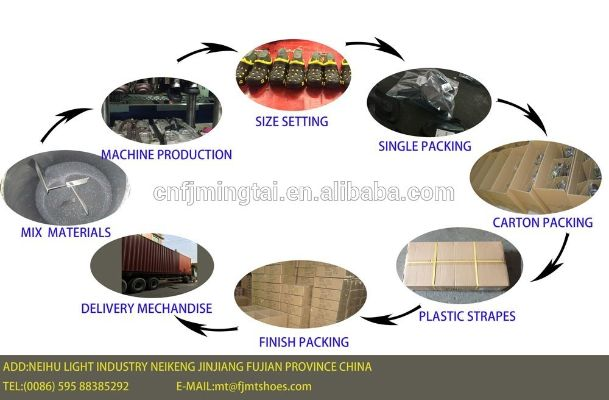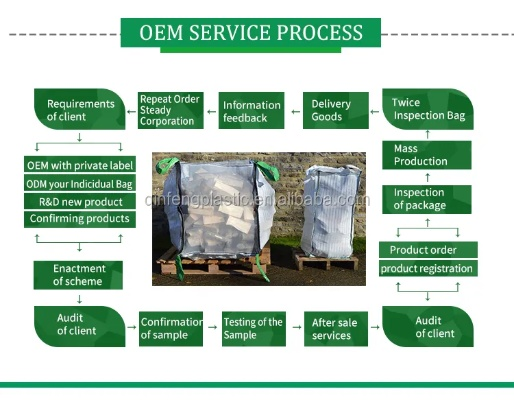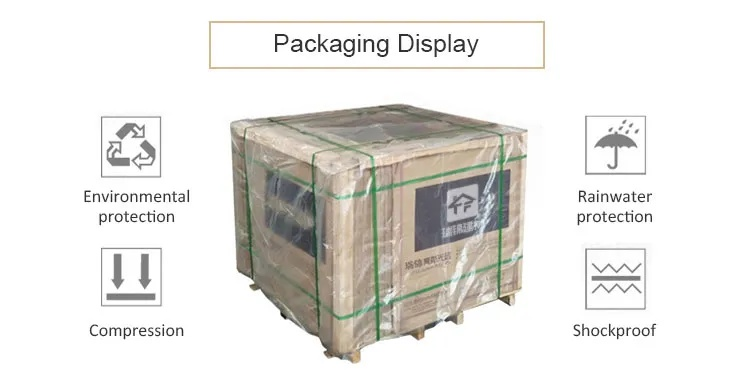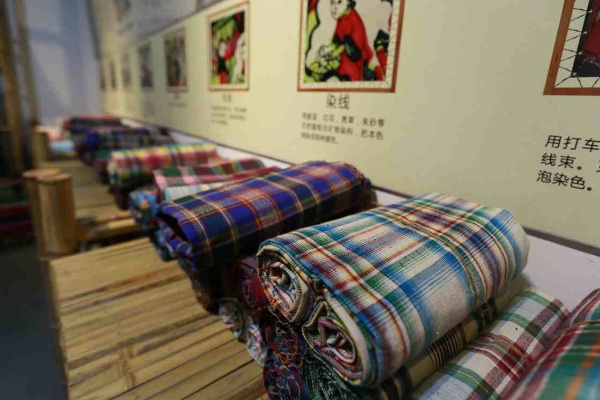Export Textile Management Regulations
The export textile management regulations are a set of rules and guidelines designed to regulate the export of textile products from China. These regulations aim to ensure that textile products meet international standards and comply with international trade agreements. The regulations cover various aspects such as quality control, environmental protection, labor rights, and anti-dumping measures. Exporters must comply with these regulations to avoid penalties and legal issues. The regulations also provide incentives for exporters to improve their product quality and environmental performance through certification and other means. Overall, these regulations play a crucial role in promoting sustainable development and ensuring fair competition in the global textile market.
Introduction: In the globalized economy, textile products play a crucial role in international trade. Export regulations are designed to ensure that these products meet certain standards and comply with international laws and regulations. This guide will provide an overview of export textile management regulations, including their purpose, key requirements, enforcement measures, and examples of successful implementation.
Purpose of Export Textile Management Regulations: Export textile management regulations aim to protect domestic industries, promote sustainable development, and maintain fair trade practices. They also help prevent the import of harmful or illegal materials into countries where they may pose a threat to public health or the environment.
Key Requirements for Export Textiles:
- Quality Standards: Exported textiles must meet specific quality standards set by relevant international organizations such as ISO, SGS, or BSCI. These standards cover aspects such as colorfastness, tear strength, and chemical content.
- Safety Standards: Textiles must comply with safety regulations for workers and consumers. For example, they should not contain harmful substances such as lead, cadmium, or phthalates.
- Environmental Standards: Exported textiles must meet environmental protection requirements, such as reducing water pollution and minimizing waste.
- Legal Compliance: Textiles must be legal in the country of destination and comply with local laws and regulations.
- Packaging and Labeling: Textiles must be properly packaged and labeled to indicate their origin, composition, and other relevant information.
Enforcement Measures: To ensure compliance with export textile management regulations, governments and international organizations use various enforcement measures, including:

- Customs inspections: Customs authorities can inspect textiles at the border to ensure they meet the required standards.
- Inspection certificates: Exporters must obtain inspection certificates from designated laboratories to prove that their textiles meet the specified quality and safety standards.
- Penalties: Failure to comply with regulations can result in fines, imprisonment, or other penalties.
- Sanctions: In some cases, non-compliant exporters may face sanctions such as banning them from exporting goods to specific countries or regions.
Examples of Successful Implementation: One example of successful implementation of export textile management regulations is the European Union's General Data Protection Regulation (GDPR). The GDPR requires companies to obtain explicit consent from customers before collecting and processing their personal data. This regulation has been widely adopted across Europe and has had a positive impact on consumer trust and data protection.
Another example is the United States Department of Commerce's Import/Export Administration's (BIA) program, which aims to promote fair trade and sustainable development by providing exporters with access to training and resources to improve their products and processes. The program has helped many small and medium-sized enterprises (SMEs) succeed in the global market.
Conclusion: Export textile management regulations are essential for ensuring that textile products meet international standards and comply with legal requirements. By implementing effective enforcement measures and supporting exporters with training and resources, governments and international organizations can promote sustainable development and fair trade practices in the global economy.
出口纺织品作为国际贸易的重要组成部分,其管理规定对于保障出口贸易的顺利进行具有重要意义,本规定旨在规范出口纺织品的质量、安全、环保等方面的管理,提高出口纺织品的质量水平,促进国际贸易的发展。
出口纺织品管理规定内容
纺织品质量标准
出口纺织品应符合国家相关质量标准,包括纤维含量、纱线密度、织物结构、耐洗色牢度、抗皱性等指标,应符合国际纺织品安全标准,如无毒、无害、环保等。
检验与认证
出口纺织品在出口前应进行检验,确保符合质量标准,检验内容包括纤维成分、纱线密度、织物结构等指标,以及产品的环保性能,应取得相关检验认证,如ISO认证等。

包装与标识
出口纺织品应采用符合国际标准的包装和标识,确保产品的安全、卫生、环保等方面符合要求,包装材料应符合环保要求,标识应清晰、准确、易读。
贸易流程管理
出口纺织品贸易流程应遵循以下管理规定:
(1)订单确认:供应商应提供准确的订单信息,包括产品种类、数量、规格等。
(2)样品测试:在订单确认后,供应商应提供样品进行测试,确保产品质量符合要求。
(3)合同签订:双方签订合同后,应明确贸易条款和条件。
(4)发货前检验:发货前,应对纺织品进行全面检验,确保产品质量符合要求。
风险管理
出口纺织品在管理过程中应注重风险管理,包括但不限于以下方面:

(1)质量风险:应对产品质量进行定期检测和评估,及时发现并解决质量问题。
(2)环保风险:应关注纺织品环保性能的检测和评估,确保符合国际环保标准。
(3)贸易风险:应对国际贸易政策、市场变化等因素进行评估,制定相应的应对措施。
案例说明
以某出口纺织品企业为例,其出口纺织品管理规定如下:
该企业按照国家相关质量标准进行检验和认证,采用符合国际标准的包装和标识,确保产品的安全、卫生、环保等方面符合要求,在贸易流程中,企业注重风险管理,制定了相应的应对措施,该企业还积极与供应商沟通,确保产品质量和生产过程的稳定可控,该企业的出口纺织品在市场上获得了良好的口碑和销售业绩。
出口纺织品管理规定对于保障出口贸易的顺利进行具有重要意义,企业应严格按照规定进行管理,注重质量管理、安全管理和环保管理等方面的工作,企业还应积极应对国际贸易政策、市场变化等因素的影响,制定相应的应对措施,通过加强管理,提高出口纺织品的质量水平,促进国际贸易的发展。
Articles related to the knowledge points of this article:



